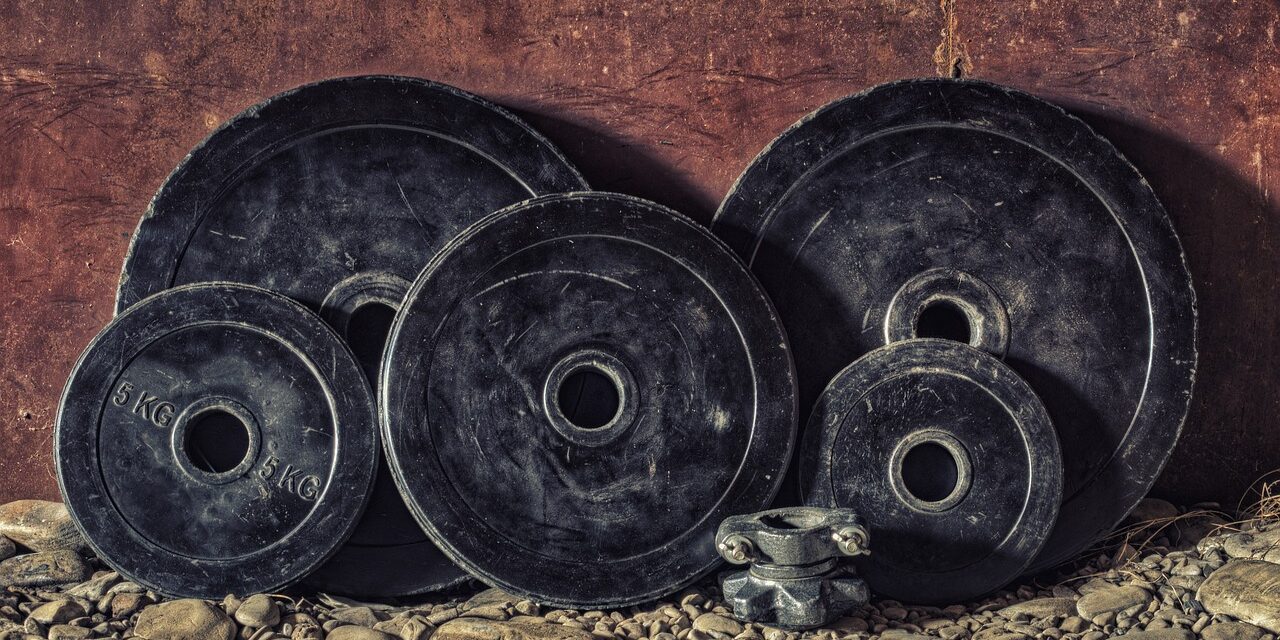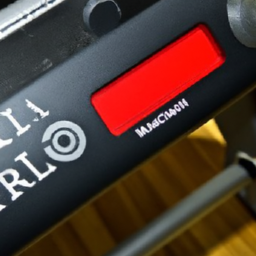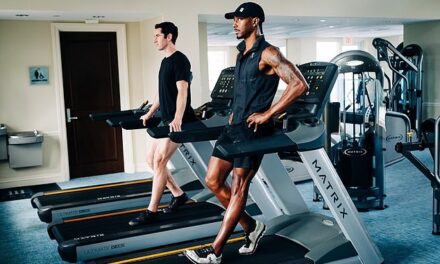Looking to buy a treadmill but not sure if there’s a difference between ones suitable for walking versus running? Well, you’ve come to the right place! Fit Gear Gurus, a fitness and gym equipment review site, is here to give you all the information you need. Whether you’re a walker or a runner, we’ve got you covered with our in-depth analysis of the different types of treadmills available. Keep reading to find the perfect treadmill to help you achieve your fitness goals!
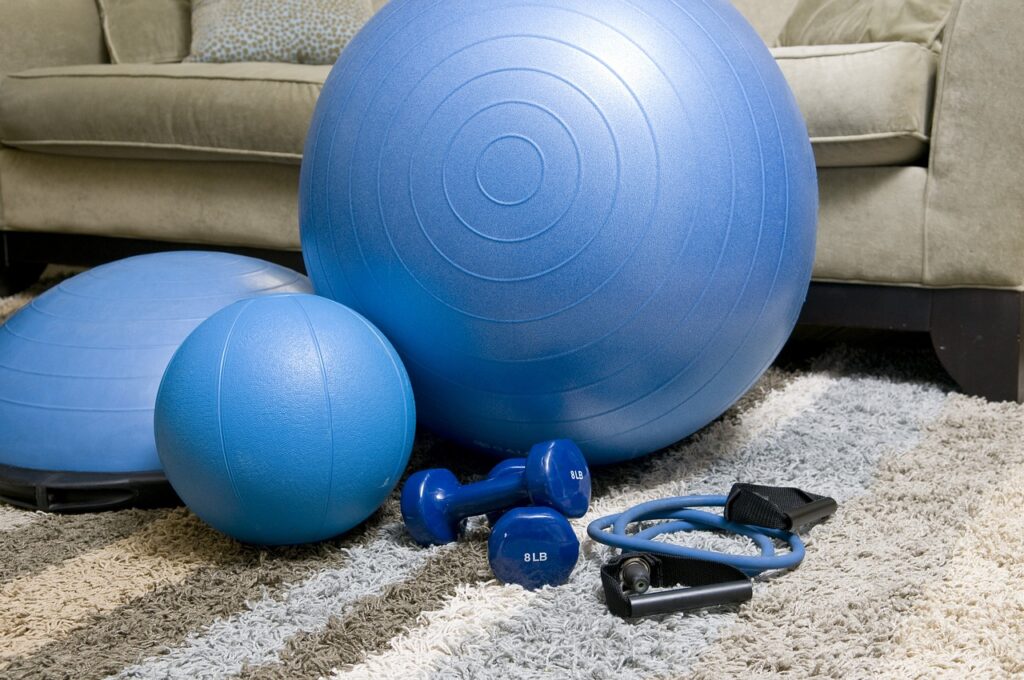
This image is property of pixabay.com.
Types of Treadmills
When it comes to buying a treadmill, it’s essential to consider your specific needs and goals. Treadmills can be categorized into three main types: manual, motorized, and folding treadmills. Each type has its own unique features and benefits.
Manual Treadmills
Manual treadmills are the most basic and budget-friendly option available. They operate without a motor, relying on your own walking or running motion to move the treadmill belt. These treadmills are often equipped with a flywheel, which creates resistance and requires you to put in more effort to keep the treadmill moving.
The main advantage of manual treadmills is their simplicity. They are easy to use and require minimal maintenance since there are no electrical components. Additionally, manual treadmills are usually more compact and lightweight, making them suitable for smaller spaces or apartments.
Motorized Treadmills
Motorized treadmills are the most common type of treadmill found in gyms and homes. As the name suggests, these treadmills are powered by an electric motor, which moves the belt at a constant speed. Motorized treadmills offer a range of features and customizable options to enhance your workout experience.
One of the main benefits of motorized treadmills is their ability to adjust the speed and incline. This allows you to simulate different terrains and intensify your workout. Motorized treadmills also come with built-in workout programs, heart rate monitors, and other advanced features to track your progress and keep you motivated.
Folding Treadmills
Folding treadmills are designed with space-saving in mind. These treadmills have a unique folding mechanism that allows you to fold the deck vertically, reducing the overall footprint of the treadmill. Folding treadmills are an excellent option for those with limited space or who need to store the treadmill when not in use.
Despite their compact size, folding treadmills still offer many of the same features as motorized treadmills. They typically have motorized incline options, adjustable speed settings, and various workout programs. However, it’s essential to consider the stability and durability of folding treadmills, as the folding mechanism may affect the overall sturdiness of the machine.
Now that we have covered the different types of treadmills, let’s dive into the specific features to consider when looking for a treadmill suitable for walking or running.
Features for Walking Treadmills
Whether you’re a beginner or enjoy a leisurely walk, specific features of a treadmill can enhance your walking experience. Here are some features to consider when choosing a treadmill primarily for walking.
Speed Range
For walking, you don’t need extremely high speeds. Look for a treadmill with a speed range suitable for your walking pace. Most walking treadmills have a speed range between 0.5 to 4 mph, allowing you to comfortably walk at your desired pace without feeling overwhelmed.
Shock Absorption
Walking puts significantly less stress on your joints compared to running. However, having shock absorption features on your treadmill can help minimize the impact on your knees and ankles. Look for treadmills with cushioned decks or specialized shock absorption technology to reduce the risk of joint pain or injuries.
Incline Options
Walking on a flat surface might not provide enough intensity for some individuals. Having incline options on your walking treadmill allows you to increase the difficulty level and engage different muscle groups. Look for treadmills with an adjustable incline feature, allowing you to simulate uphill walking and increase the overall calorie burn.
Now, let’s move on to the features that are more important for individuals looking for a treadmill specifically designed for running.
Features for Running Treadmills
If you’re a running enthusiast, the features of a treadmill designed for running are crucial to ensure a smooth and comfortable workout experience. Here are some key features to consider when shopping for a running treadmill.
Motor Power
Running requires a more powerful motor to sustain the continuous movement of the treadmill belt. Look for treadmills with higher horsepower (HP) ratings to ensure smooth operation and the ability to handle your running speed and intensity. A motor power of at least 2.5 HP is recommended for running treadmills.
Belt Size
Having a wide and long enough belt size is crucial for running, as it provides ample space for your natural stride length and arm movements. Look for treadmills with a running surface of at least 20 inches wide and 55 inches long. This will allow you to run comfortably without feeling restricted.
Track Cushioning
Since running involves higher impact compared to walking, proper track cushioning can help reduce the stress on your joints and prevent injuries. Look for treadmills with cushioned decks or specialized shock absorption technology designed to absorb the impact and provide a more comfortable running experience.
Now that we have covered the specific features for walking and running treadmills, let’s explore the different options available for walkers and runners.
Treadmill Options for Walkers
If walking is your primary form of exercise, there are specific treadmill options that cater to your needs. Here are some features to look for when choosing a treadmill for walking.
Low Speed Range
As mentioned earlier, walkers don’t require high speeds. Look for treadmills with a low minimum speed to ensure a comfortable walking pace that matches your fitness level. A speed range of 0.5 to 4 mph is generally suitable for walkers.
Moderate Incline
While walking on a flat surface can be beneficial, adding a moderate incline to your workout can increase the calorie burn and engage different muscle groups. Look for treadmills with adjustable incline options, allowing you to add a slight incline to your walking routine.
Good Shock Absorption
Since walking is a low-impact activity, it’s important to prioritize shock absorption features. Look for treadmills with cushioned decks or specialized shock absorption technology to minimize the impact on your joints and enhance overall comfort.

This image is property of pixabay.com.
Treadmill Options for Runners
For those who enjoy running, certain treadmill features can enhance your running experience and prevent injuries. Here are some treadmill options to consider if you’re a runner.
High Motor Power
Running requires more power from the treadmill’s motor. Look for treadmills with higher horsepower (HP) ratings to accommodate your running speed and intensity. Ideally, a motor power of at least 2.5 HP is recommended for runners.
Wide Belt Size
Having enough space to run comfortably is crucial for runners. Look for treadmills with wide belts to accommodate your natural running stride. A running surface of at least 20 inches wide is recommended for runners.
Responsive Track Cushioning
Since running involves more impact on your joints, advanced track cushioning can help absorb shock and reduce the risk of injuries. Look for treadmills with responsive track cushioning systems that adapt to your foot strike and provide maximum comfort.
Now that we have explored the different options for walkers and runners, let’s consider other factors to remember when choosing a treadmill.
Factors to Consider for Walking Treadmills
In addition to the specific features mentioned above, several other factors can influence your overall walking treadmill experience. Consider the following factors when making your purchase decision:
Ease of Use
Look for treadmills with user-friendly interfaces and straightforward controls. The console should display essential workout data, and the buttons should be easily accessible while walking.
Portability
If you plan to move your treadmill frequently or have limited space, consider a lightweight or foldable design for ease of portability. Folding treadmills can be stored vertically, saving space in your home.
Stability
Ensure that the treadmill is stable and doesn’t wobble or shake during your walking sessions. Look for treadmills with a sturdy frame and non-slip base to provide a secure and stable workout platform.
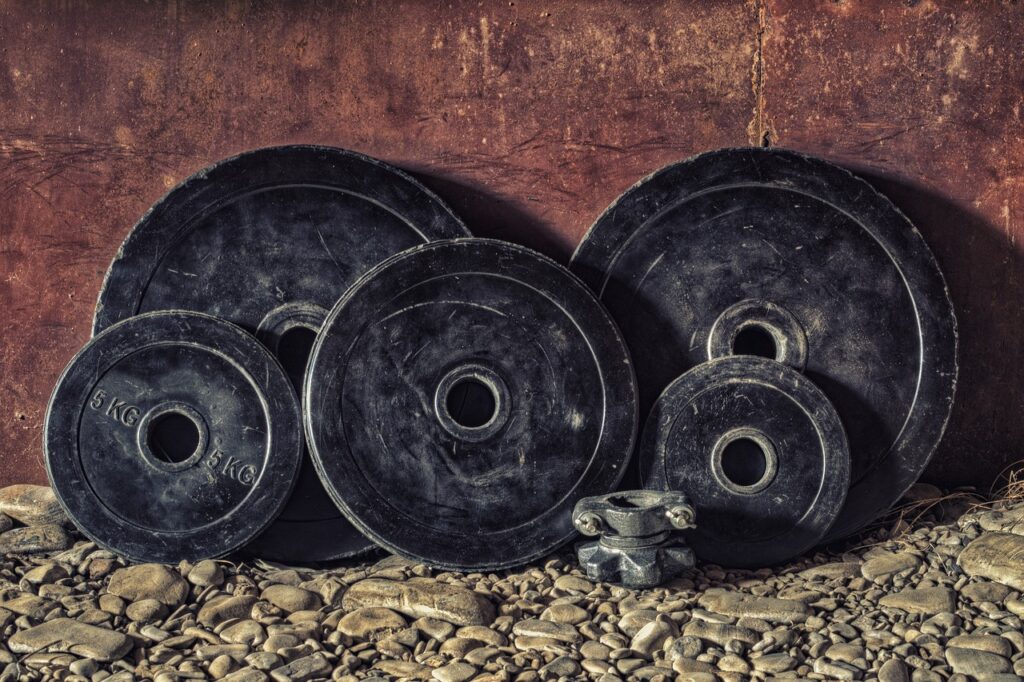
This image is property of pixabay.com.
Factors to Consider for Running Treadmills
Similar to walking treadmills, certain factors are essential to consider when buying a treadmill specifically designed for running. Keep the following factors in mind:
Durability
Since running puts more stress on the treadmill compared to walking, it’s crucial to choose a treadmill that is built to withstand the impact of higher speeds and longer durations. Look for treadmills made with durable materials and sturdy frames that can handle the intensity of running workouts.
Advanced Features
Consider the additional features that can enhance your running experience, such as built-in workout programs, heart rate monitors, and connectivity options. These features can help track your progress and keep you motivated throughout your runs.
Maximum Weight Capacity
For runners, it’s important to ensure that the treadmill can support your body weight without compromising stability or performance. Check the maximum weight capacity of the treadmill and choose one that accommodates your weight.
Now, let’s move on to the price range for walking and running treadmills.
Price Range for Walking Treadmills
When it comes to walking treadmills, there are options available in different price ranges. Here are some price ranges to consider:
Affordable Options
Entry-level walking treadmills are budget-friendly and range from approximately $200 to $500. These treadmills offer basic features and may have limited speed and incline options. However, they can still provide a decent walking experience for those on a tight budget.
Mid-range Options
Mid-range walking treadmills typically range from $500 to $1000. These treadmills offer a wider range of features, including adjustable speed and incline settings, better shock absorption, and more durable construction. They provide good value for their price and are suitable for most walkers.
Premium Options
Premium walking treadmills can cost upwards of $1000. These treadmills offer advanced features, such as high-quality track cushioning, interactive workout programs, and additional connectivity options. They are designed for individuals looking for a top-of-the-line walking experience and are willing to invest in long-term durability and performance.
Price Range for Running Treadmills
Running treadmills tend to have a wider price range compared to walking treadmills due to the additional features required for running. Here are the different price ranges for running treadmills:
Entry-level Models
Entry-level running treadmills generally range from $500 to $1000. These treadmills offer basic features for running, including adjustable speed and incline options, decent track cushioning, and sufficient motor power. They are suitable for beginners or individuals on a budget who still want to enjoy a quality running experience.
Mid-range Models
Mid-range running treadmills typically range from $1000 to $2000. These treadmills offer a balance between price and features, with improved motor power, advanced track cushioning, and added workout programs. They are suitable for intermediate runners who want more customization options and durability.
High-end Models
High-end running treadmills can range from $2000 and above. These treadmills offer premium features, including commercial-grade construction, powerful motors, spacious belt sizes, and advanced track cushioning systems. They are designed for serious runners who demand the highest level of performance and durability.
Pros and Cons of Running Treadmills
While running treadmills offer many benefits for fitness enthusiasts, it’s important to consider both the pros and cons before making a decision. Here are some advantages and disadvantages of running treadmills:
Pros
- Convenience: Running indoors on a treadmill provides the convenience of working out at any time, regardless of weather conditions.
- Customization: Treadmills offer adjustable speed, incline, and track cushioning options, allowing you to customize your running experience.
- Safety: Treadmills provide a secure and controlled environment for running, reducing the risk of outdoor hazards and accidents.
- Progress Tracking: Most running treadmills come with built-in workout programs and tracking features, allowing you to monitor your progress and set goals.
Cons
- Lack of Variation: Running on the same surface can become monotonous over time, leading to boredom and decreased motivation.
- Expensive Investment: High-quality running treadmills can come with a hefty price tag, making it a significant financial commitment.
- Limited Outdoor Simulation: While treadmills can mimic outdoor conditions to some extent, they cannot fully replicate the natural terrain and variability of outdoor running.
In conclusion, choosing the right treadmill for your walking or running needs requires careful consideration of various factors. Whether you opt for a manual, motorized, or folding treadmill, ensure that it aligns with the specific features required for your preferred exercise activity. Remember to consider factors such as ease of use, portability, stability, durability, and price range to make an informed decision that suits your fitness goals and budget. Happy treadmilling!

